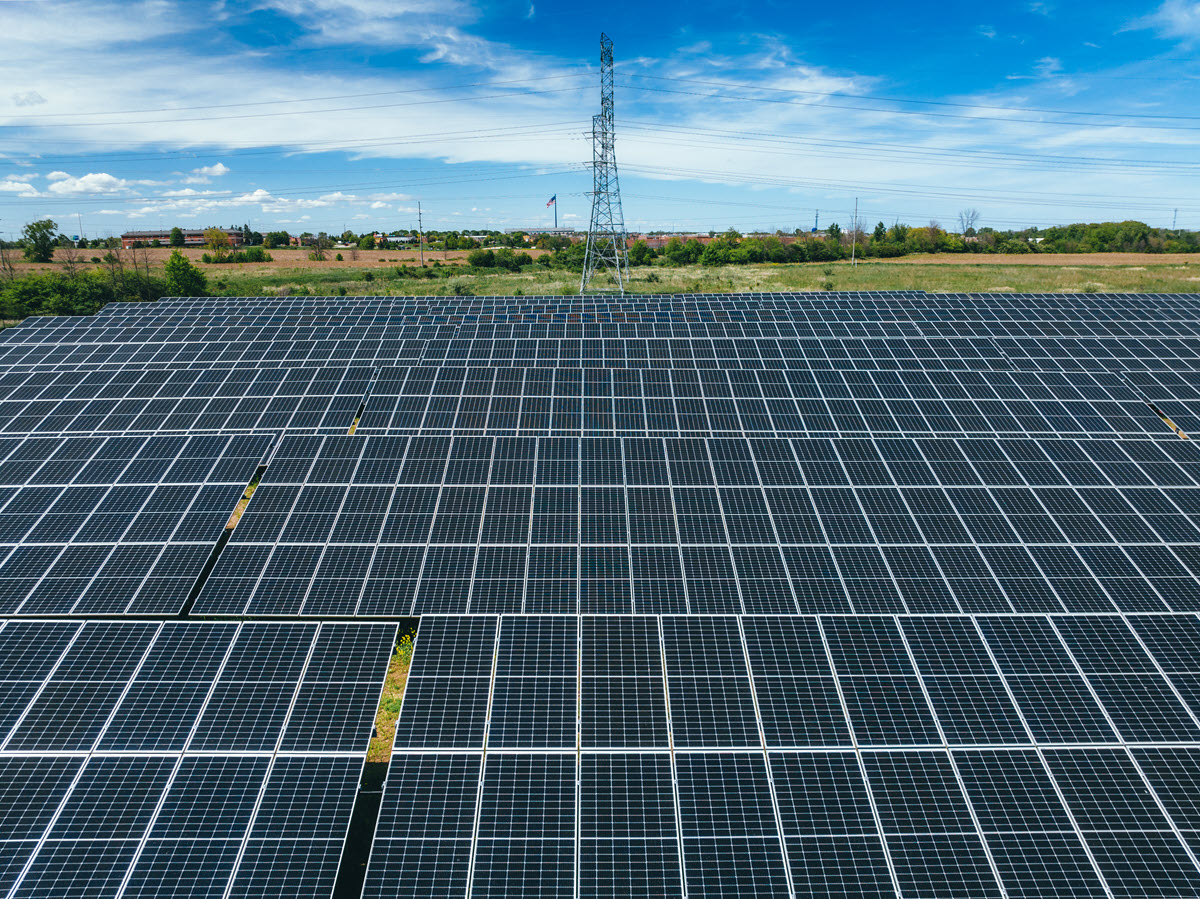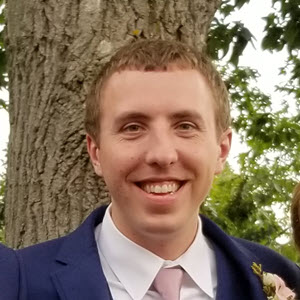Renewables have become increasingly accessible in the last five years, with projects popping up in communities across the country. Information about renewables has spread quickly, but not all of it is accurate or tells the full picture.
In the past year, we touched on the reliability of solar energy, how much energy solar sites produce on cloudy days and if renewables can keep up with energy demand.
As usual, there’s always more to learn. It’s time to take a look at a few more misconceptions about solar energy.
Myth 1: Power from solar projects is shipped off to larger cities.
The energy produced at projects goes directly to the transmission grid, which acts as a highway to deliver energy to our customers. Electricity follows the path of least resistance. That means it will power homes through the local distribution system first before it travels further.
We generate enough energy to meet the needs of our customers at any given time. When our neighbors need electricity, they can use ours, and if we need energy at a different time, they help us out too.
It's one of the benefits of being a member of the Midcontinent Independent System Operator (MISO), an organization that ensures reliability of energy production and distribution for more than 45 million customers.
Myth 2: We only build solar projects on farmland.
We’ve sited solar projects where it makes the most sense: In or near communities we serve with willing landowners. Keeping customer affordability in mind, we plan these projects close to already established interconnection points when feasible. We must ensure the substations near the projects either have the capacity to accept the energy we plan to generate or can be reasonably upgraded to do so in a cost-effective manner.
As part of our Alliant Energy® Customer-Hosted Renewables program, we’ve built a rooftop solar project on the Iowa County Law Enforcement Center in Dodgeville, Wisconsin, and we’re currently partnering with Iowa State University and UW-Madison on two agrivoltaics projects to study how agriculture and solar can work together.
The industry is changing rapidly, and we’re excited to be at the forefront of advancing research to benefit our customers as we generate clean, reliable energy.
Myth 3: Solar energy is new.
Solar energy has been around for a long time. In fact, the first solar cell was created in 1883. Albert Einstein published a paper on the photoelectric effect in 1905. A solar array was installed on the White House roof in 1979.
The technology has been tested over the years, and solar energy has finally reached a point where it’s cost-effective for homeowners and utilities to generate electricity.
Check out how we use solar energy to power what’s next in both Iowa and Wisconsin.

Busting myths about solar energy

Chris Caporale
Communications Partner
Published on July 12, 2023
Chris is a Communications Partner specializing in Alliant Energy’s renewable investments. Coming from a journalism background, he’s excited to tell the story of Alliant Energy’s Clean Energy Blueprint and other renewable trends in new and exciting ways.
Recent Stories
Alliant Energy VIP Nick Ludwig practices the art of giving
The thing Nick loves most about volunteering is the impact he can make in the community.
Read More
Alliant Energy VIP Dawn Dray shines a light on mental health
Dawn Dray's dedication to helping others extends far beyond her job.
Read More
Mentorship program helps prepare the next generation of dairy farmers
PDP makes advancements in the dairy farming field and supports its members through professional development, stakeholder engagement and a unified presentation of the industry to the public.
Read More
